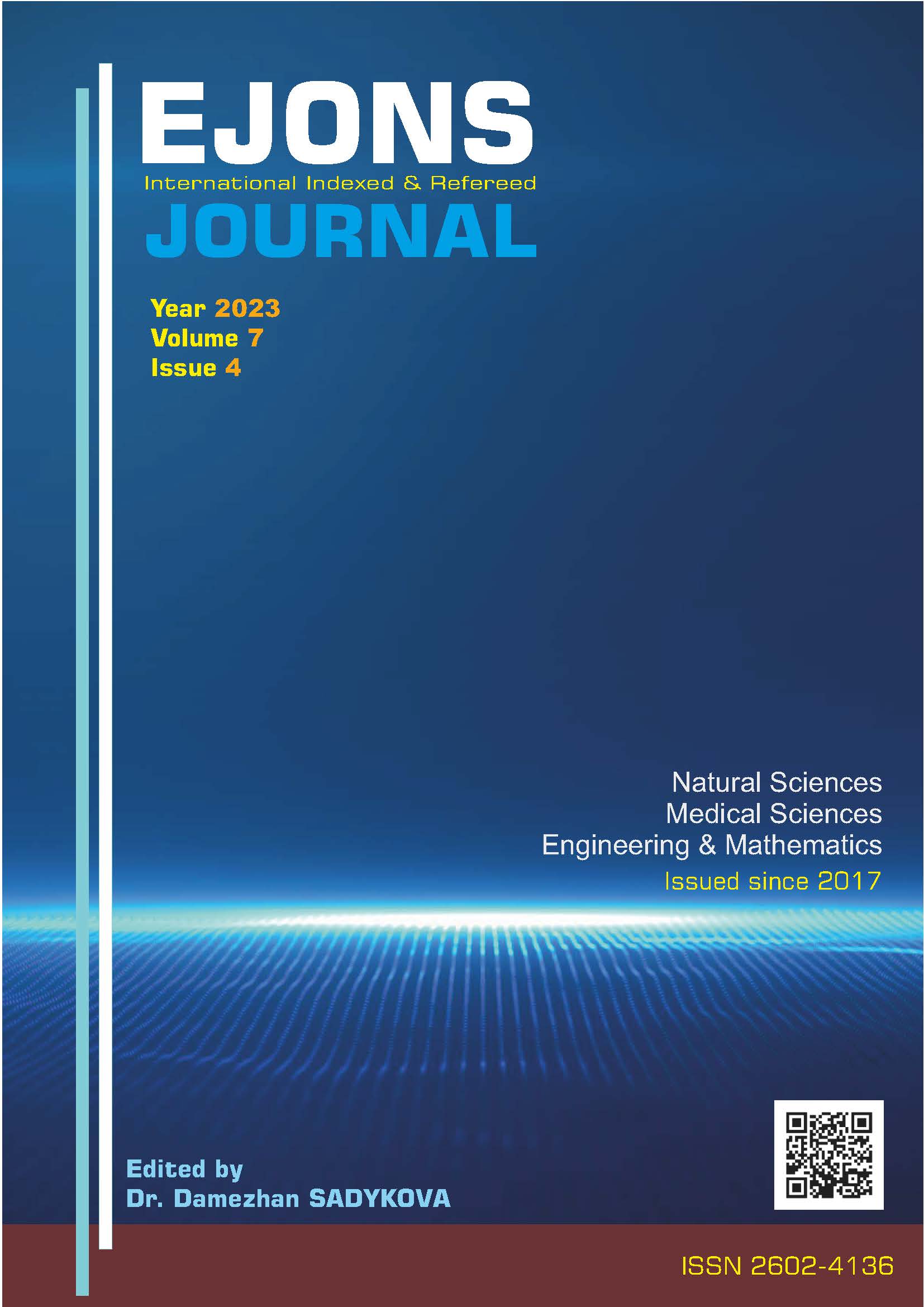Addressing Cognitive Behavioral Therapy in Obsessive Compulsive Disorder: Case Report
Bilişsel Davranışçı Terapinin Obsesif Kompulsif Bozuklukta Ele Alınması: Vaka Sunumu
DOI:
https://doi.org/10.5281/zenodo.10487836Abstract
In this case report, a 24 year old single female client was treated with cognitive behavioral therapy for the symptoms of Obsessive Compulsive Disorder by considering the DSM-5 criteria. A total of 5 sessions were held with the client. The obsessive and compulsive symptoms experienced by the client for the last 3 years have led to a major change in both his family and social life. He stated that this situation was his turning point. He is aware that the compulsions he has made are absurd, but he cannot prevent it. The client has full insight and motivation towards the treatment. No degradation of memory was observed. Therefore, it is thought that it will respond positively to treatment in the near future. Treatment plans are formed within the framework of joint unity with the client. It is aimed to start with compulsions first. One of the Cognitive Behavioral Therapy techniques; It is aimed to apply methods such as Exposure Technique, Response Prevention Technique, Thought Record Form, Stop Thinking and homework. It is aimed for the client to realize with his own subjective experience that the event that he sees as risk and horror is not actually something to be afraid of. A list of problematic events is prepared, negative automatic thoughts are determined and it is aimed to replace them with healthy thoughts.
Keywords: Obsessive Compulsive Disorder, Cognitive Behavioral Therapy Techniques
Downloads
Published
How to Cite
Issue
Section
License
Copyright (c) 2023 EJONS INTERNATIONAL JOURNAL

This work is licensed under a Creative Commons Attribution-NonCommercial 4.0 International License.


